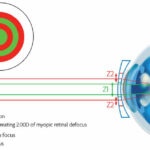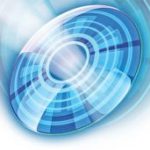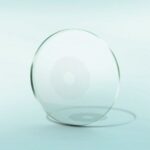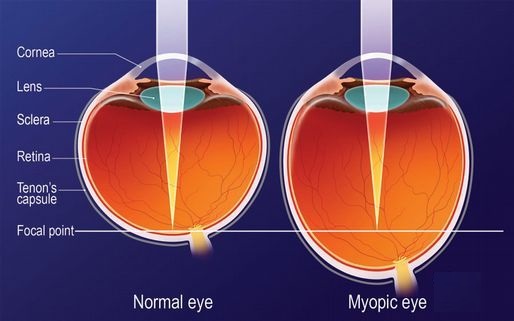December 14, 2021 High Rate of Noncompliance in Orthokeratology Patients Naveed Saleh, MD, MS Compliance rates for orthokeratology (ortho-k) patients are low and plummeted after a year of wear, according to a study published in BMC Ophthalmology. Researchers assessed 238 participants with ortho-k lenses and analyzed wear and care behaviors through a survey. […]
Category Archives: Myopia Prevention
Get Outside
Although there are many risk factors, environmental influences are significant. Current research identifies time outdoors and/or near work to play a substantial role. Younger children, who are in the critical stages of eye growth and development may be more vulnerable to such environmental influences.
What Does Science Say About Screen Time and Childhood Myopia?
What Does Science Say About Screen Time and Childhood Myopia? By Joshua Foreman, PhD; Mohamed Dirani, PhD, MBA, GAICD; Arief Tjitra Salim, BEng; and Dilara Koca, MPH In this article, experts from Plano highlight how screen time can impact children’s myopia progression. Despite the increasing number of hours being spent in front of screens, Plano’s […]
MiSight lenses offer a way to treat myopia progression
These contact lenses are different than traditional lenses. They are designed to give clear vision and can control the rate of progression, which is a major scientific and technological breakthrough. MiSight lenses offer a simple, comfortable way to treat the progression of myopia. MiSight™ is a soft, daily disposable contact lens in the proven Proclear® […]
Nearsightedness in children
Nearsightedness in Children Optometrists are treating nearsightedness in children in new ways. The interest in finding new treatments for children is a result of ongoing studies showing a link between higher levels of nearsightedness and eye disease. The information below details a new type of contact lens to address nearsightedness in children. Nearsightedness, also know […]
Glasses for Myopia Control
Glasses for myopia control have had many challenges. In addition to the complicated goal of achieving successful slowing down myopia progression, these eyeglasses may disrupt clear vison. Several companies are developing new glasses for Myopia Control. The goal is to have another alternative for children who are becoming more and more nearsighted. These glasses are […]
Myopia Prevention is our next challenge
Myopia prevention is now in focus For years we have been studying and learning the best ways to stop or slow down the progression of myopia (nearsightedness). We are now searching for ways to prevent the onset of myopia altogether. Studies being conducted now explored how to achieve this difficult goal. With early intervention, we […]






